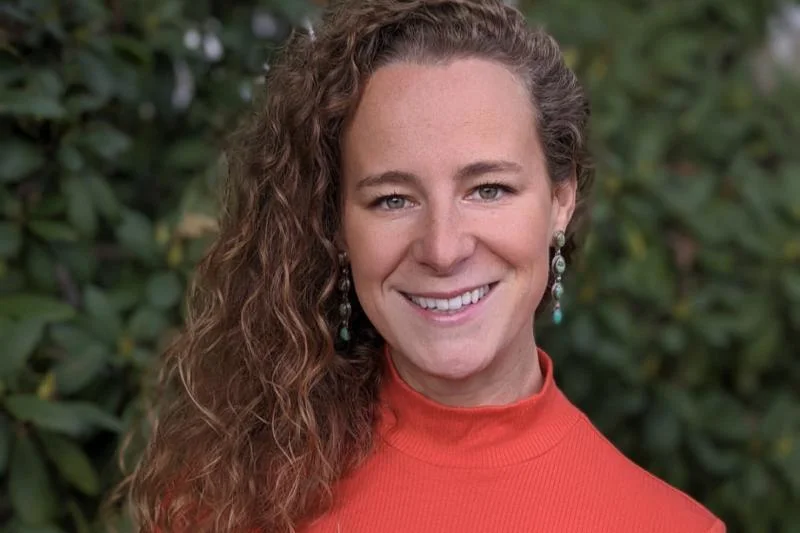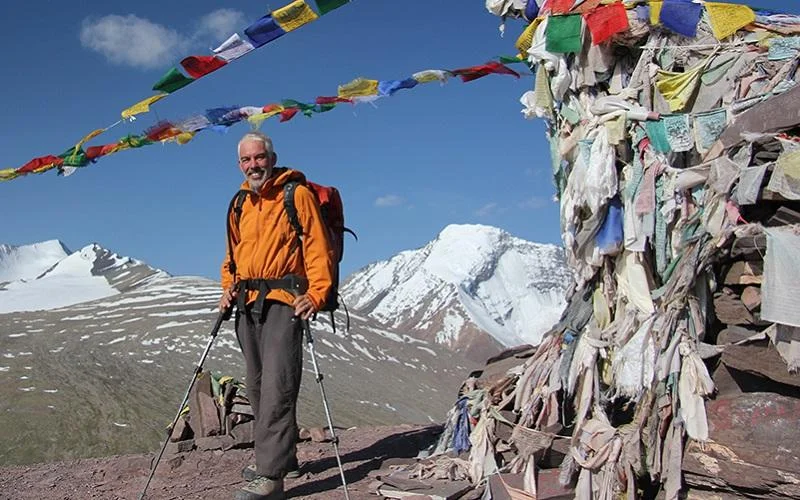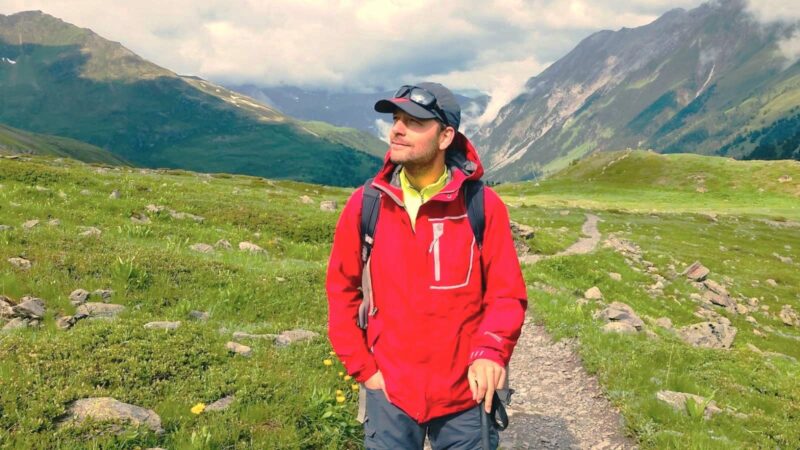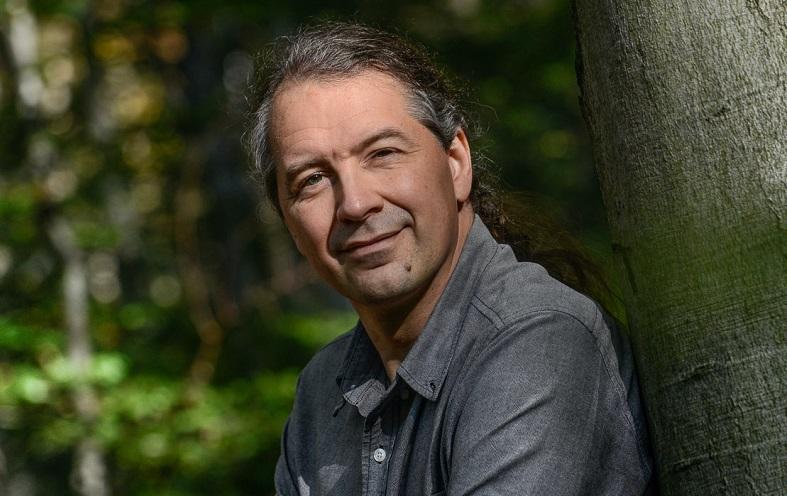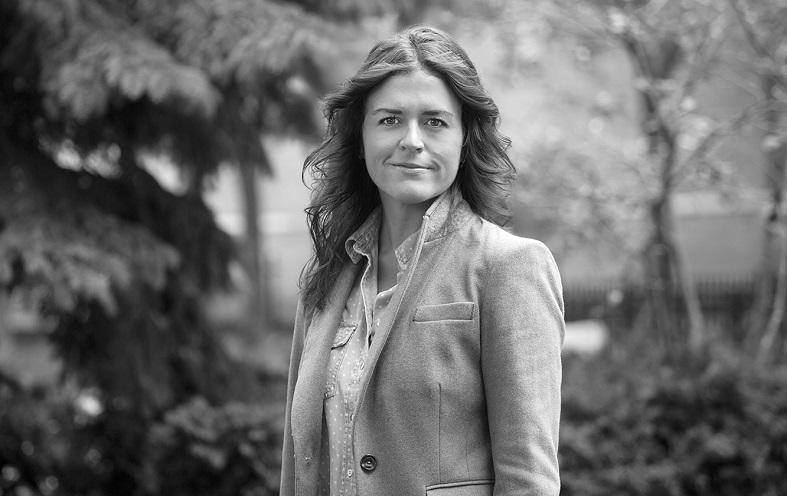
Shannon Guihan of Bannikin Travel & Tourism Ltd. in this interview shares her tourism and sustainability story: what first got her interested in the topic, her key insights and the main challenges ahead for destinations. She also tells us about her work with the TreadRight Foundation and how to address overtourism – destination overcrowding.
Learn about:
- Why Shannon Guihan decided to focus her career on tourism and sustainability;
- How the TreadRight Foundation supports a more sustainable tourism;
- The growing issue of overtourism, and how destination managers can address it;
- The main destination challenges in connection with sustainability;
- 3 essential ingredients for an authentic travel experience;
- The current state of tourism sustainability in Canada, and the USA;
- How destination managers can use sustainability for reputational and competitive advantage.
Shannon, your professional career has included work for companies, non-profits and, since 2011, consulting with Bannikin. Do you remember what got you interested in tourism in the first place?
I absolutely do. I’m from Newfoundland, Canada, a province on the East Coast. My first job, at 16, was as a sea kayak guide. I guided all throughout my undergraduate degree and became rather involved with tourism on the island, which I quickly understood to be ‘happening’. The cod fisheries on the island were closed in 1992, and the growth of the tourism industry was, in part, a reaction, so it was happening quickly and, from my perspective on the water, without check.
This clear shift from a heavy to a soft industry was not exclusive to Canada, and is the reason why I pursued an MSc in Tourism & the Environment. To understand the checks.
How has your view on tourism and sustainability changed over time? Your key insights?
In short – it has to be market-driven and consumer demand-proven. I think we’re seeing a shift towards the former these days, but I’m afraid I remain disappointed with the latter.
Among other things, you are currently Program Director at the TreadRight foundation in Geneva, Switzerland. In a nutshell, what’s this foundation all about?
The TreadRight Foundation is a not for profit organization funded solely by the companies that make up The Travel Corporation (TTC). The foundation seeks to encourage responsible tourism through it’s travel brand partners, while supporting local organisations protect wildlife and communities.
TreadRight has taught me much about scale and a market driven approach. TTC’s leadership is genuinely committed to moving the needle on sustainability, and do so while remaining successful. The power they have to implement change is impressive, and I’ve learned that scale can be a positive thing.
Overtourism has become a critical sustainability issue for many popular destinations now, especially cities but also national parks. In your view, what can destination managers do to address this?
I maintain that overtourism is the elephant in the room for tourism professionals and destinations, and the answer will be a genuine challenge, or certainly what I believe the answer to be: regulatory requirements to guide the market. I believe strongly in a user pays model, and in limiting visitors numbers in a significant way.
The market, both consumers and providers, might disagree with me, but I believe that tourism is a privilege, not a right. And for the sake of many parts of the world, that needs to not be an elitist approach, but a responsible one.
The UN have declared 2017 the International Year of Sustainable Tourism for Development. In your view, which are the main destination challenges right now regarding the sustainability of travel and tourism?
I think this is twofold:
Destination marketers hold the keys to the kingdom these days, and they value visitation growth as their core KPI. On the other hand, the world’s top destinations are struggling with too many travellers. The coming to terms of those two camps, in my opinion, is our biggest challenge.
Culinary travel was the focus of your work with Michelin Food & Travel from 2009-2011. To your mind, which are three essential ingredients for an authentic — perhaps even transformative — travel experience involving food or drinks?
I would suggest that the same elements are required to ensure the authenticity of any experience.
- Research – know where you are going, truly. Buy a guidebook, actually read it. It’s something overlooked far too often, I think, not understanding the place you are surrounded by. That’s on the traveller.
- Don’t rush. It’s ok if you don’t see everything you want to on this trip – whether you make it back to a destination or not – convince yourself that you will, you might actually see a place. This goes for product development experts as well.
- Go off season. You’ll be surprised with how much more you see.
Imagine you could turn back time and start all over again. Knowing what you know now about business, travel and sustainability, what would you do differently?
This one has made me think – and truly I’m not sure. I actually think that the conversation happening amongst industry executives at the moment is promising. From the WTTC to the UNWTO – I feel we’re finally starting to see a genuine interest in the rooms that make decisions. Perhaps had I my time back, I would have used the understanding of how decisions actually get made a little more wisely.
Your thoughts on the current state of tourism sustainability in North America, Canada especially?
I don’t think that it’s too far off from what we see globally, however Canada is in a somewhat unique situation. As it recovers from a decline in US arrivals, and benefits from all that’s happening in the States and Europe to further drive visitors north – the growth will continue.
2017 is Canada’s 150th, and the marketers have taken hold of this brilliantly. So we have growth caused by multiple factors, to areas many of which do not yet see overcrowding as a factor.
And we are still not addressing these challenges well. Parks Canada is thinking about it – they are actively trying to manage overcrowding through proactive communications planning. I don’t see signs of addressing this challenge elsewhere at the moment.
Your advice to destination developers/managers eager to embrace sustainability and to turn it into a reputational and competitive advantage?
Solitude – it sells. Look at Iceland – that’s what they’ve been selling since the mid 2000’s. The marketers recognised it – the problem is that the managers failed to protect it. Use that advantage to sell an experience that’s priced to maintain quality, and available in quantities that are manageable, and that protect the product – the destination.
Work with your regulators – the disconnect between what a destination had– such as Tulum – a quiet, relaxed corner of Mexico not yet overrun with resorts – needs to be appreciated by those regulators. They need to understand what value they have today, and how not to degrade that value proposition. Learn to speak their language.
Thank you, Shannon.
Connect with Shannon Guihan on LinkedIn or learn more about Bannikin here.
Enjoyed our interview with Shannon Guihan on tourism and sustainability in Canada and the USA, and how destination managers can address overcrowding? Share and spread the word!



